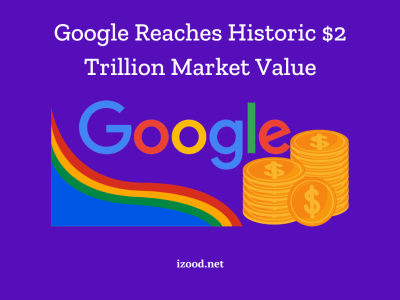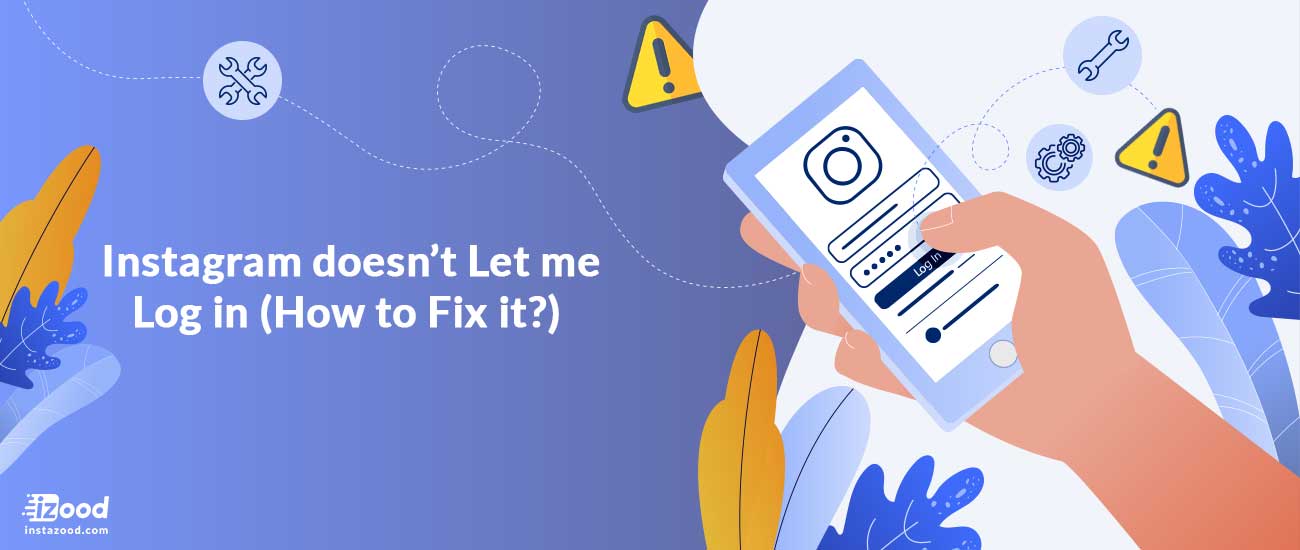
The idea of the metaverse has changed drastically since Facebook changed its name to Meta. Many industries like trading, fashion, retail, hotel, tourism, etc. have started embracing the metaverse and leveraging the opportunities that it provides. Already, businesses are starting up shop in the many new virtual worlds, expanding their potential client base. Soon, AI may be able to provide suggestions for goods and services that are specifically suited to their requirements, as well as material that is curated to reflect their individual tastes. Financial institutions like banks, too, see the metaverse as a promising new frontier for them. It’s all about being there for their consumers as they navigate the transition into the digital age. Banks will play a significant part in the metaverse economy, which is expected to grow to over $8 trillion by 2025, according to research from Morgan Stanley and Goldman Sachs.
The banking sector is ready to tap into the metaverse’s potential and improve the service it delivers to customers. Now is the moment for financial institutions to use cutting-edge tools like the Metaverse alongside the conventional banking system. Professionals in metaverse development may help the banking industry improve responsiveness, client focus, and safety. NFTs, cryptos, and the metaverse are just a few examples of cutting-edge technology altering the banking industry. In this article, we’ll make you aware of how the banking industry has started taking advantage of the metaverse technology. So, let’s get the ball rolling.
Ways Banks Are Using The Metaverse
With financial institutions beginning to embrace the metaverse, a middle ground must be found between overly prescriptive policies and a lack of interest. Here are some of the ways in which we think the metaverse will alter the banking sector:
- Real Interaction With the Customers
Banking may be fully operational, but it lacks passion. Relationships between customers and banks may be improved by using the Metaverse to close the human aspect that is clearly missing from banking systems. The metaverse may also be used as a platform to expand one’s audience, particularly among technologically adept young people. Financial institutions are obligated to explore novel means of customer engagement. Our generation has fond memories of accompanying parents and grandparents to the bank to get their account books stamped.
Have you ever imagined what banking in the metaverse may be like? Customers might receive a real-time property tour from mortgage brokers or virtually visit a bank location for improved service. As a model for consumer engagement in bank-sponsored community initiatives, or as a resource for discussing early retirement plans, avatar advisors might come in useful. Now that JPMorgan is focusing on the metaverse, other banks will certainly follow suit.
Customers in the metaverse are encouraged to develop their own personalized avatars so they may engage in more natural conversations with other users. Thus, they will be able to communicate not just with bank staff but also with other users of the metaverse. Co-creation among the many participants is made possible via these exchanges. In the blockchain-powered virtual world of Decentraland, J.P. Morgan has opened a new virtual hangout called the Onyx Lounge.
- Combining 3D With Pre Existing Features
More than half of bankers (57%) believe that by 2030, augmented and virtual reality would be the principal channel via which clients conduct financial transactions. If the sector keeps making its impact at the same rate, its growth by then should come as no surprise. Many financial institutions, including BNP Paribas, have released virtual reality (VR) apps for use in a variety of banking services, including account opening. When it comes to trading finances, though, Citi Bank is among the first to try out holographic workstations.
Banks in the metaverse may also improve the working experience for their clients. Bank of America uses virtual reality (VR) for in-depth training, simulating real-world customer service situations so that workers may practice recognizing customers’ emotions and responding appropriately.
- Introducing New Products Into Existing Markets
The development of NFTs and other marketable digital assets may be traced back to the emergence of the cryptocurrency market. Millions of dollars have already been spent by investors on non-fungible tokens (NFTs), real estate, and cryptocurrency. Due to the growing economy of the metaverse, there is enough opportunity for banks to expand their operations. The New York Stock Exchange has applied for a patent on a non-traditional trading platform (NFT). This exemplifies the strength of the metaverse and the advantages that Virtual banking will help improve access to banking services.
Encointer, which started enrolling customers in early 2022, is one example of a platform that facilitates the usage of digital tokens whose value is pegged to that of the currency in which they are used. This is particularly crucial in poor countries, where citizens must now fork up a significantly larger share of their income on transfer and other banking costs than those in wealthier ones. More widespread use of Web3 technologies and services, like those made possible by Encointer, might help bring about greater financial inclusion throughout the world.
In addition, the metaverse, which is enabled by these Web3 technologies, may be yet another technical advancement that helps expand access to financial services. Imagine entering a virtual bank and seeing customers from other countries, such as Morocco, Nigeria, and Vietnam, all utilizing their respective national crypto and fiat currencies and paying fees that make sense in their local markets.
- A Revolutionary Approach To Teamwork
Using the metaverse allowed for efficient cooperation amongst members of a globally dispersed team. like an avatar, you can go across a virtual conference room and see the individuals at the other end of the table, shake hands with them, and overhear their talks, just like you would in a real meeting. The metaverse encourages innovative planning and teamwork in much the same way as virtual reality platforms like Zoom do.
- Working in the Metaverse as a Bank Employee
The financial industry’s methods of operation have been revolutionized with the advent of the metaverse. The disruptive features of the metaverse, such as NFT, blockchain, virtual reality, digital currencies, augmented reality, and decentralized finance (DeFi), have made it possible for virtual banking to become more immersive and customized for both financial service providers and their customers. For this reason, financial institutions should see these perks as a chance to play a leading role in facilitating digital banking and e-commerce. Several large banks across the globe reportedly already use this kind of metaverse innovation because of its potential. For instance, one of South Korea’s most prominent financial institutions, KB Kookmin Bank, is said to be developing KB metaverse VR Branch Testbed technology that would enable IJBM clients to utilize virtual reality environments to get access to banking services.
JPMorgan was the first major bank on Wall Street to launch a virtual lounge on the 3D metaverse platform Decentraland, which can be accessed using a web browser. Financial institutions have profited from the creation and involvement in the metaverse since it has improved their operations and access to new services. Powered by AI and automation, the advantages of the metaverse may help bank employees do their jobs better and faster. For example, traders use auto bots like Bitcoin Profit to perform trading faster with no chance of human error. In the financial sector, the metaverse might be used to assist staff in connecting with customers, dealing with difficult talks, and reacting empathetically to customer inquiries. Furthermore, the management team of banks may find metaverse useful in developing business and marketing strategies that increase consumer involvement.
- Retail Banking
Many banks, especially those catering to the general public, have made their initial tentative steps into the metaverse. Global Finance (2023) notes that financial institutions including JP Morgan (USA), CaixaBank (Spain), and DBS Bank (Singapore) are using the metaverse to better serve, inform, and amuse their customers. However, the metaverse has much more to offer in terms of helping banks improve their efficiency and productivity. Managers find the metaverse intriguing because it has broad applications in both the physical and digital realms of business, from the level of the individual consumer and employee to that of the whole organization. The financial services industry might see a revolutionary upheaval because to the metaverse, but it also faces certain challenges. This is due to the fact that various expansion possibilities will open up to financial institutions that can effectively combine their banking services with the metaverse. However, greater difficulties and setbacks will result from ignoring the difficulties inherent in such integration.
The metaverse is a popular marketplace for the exchange of virtual goods including virtual real estate and virtual cash. People can buy cryptocurrencies using auto bots like Bitcoin code to perform trading. Thus, by providing services and products tailored to the metaverse, financial institutions may reach out to hitherto untapped demographics like gamers and tech aficionados. E-banking provides users with the convenience of doing essential financial transactions from almost any location and at any time, but it lacks the human interaction that can be found in a traditional banking setting. However, the metaverse would make it possible to add a more personal touch to online banking. Additionally, customers have requested a more exciting banking experience. As a result, the metaverse has the potential to increase hedonic value for clients by allowing banks to tailor their services to each client’s unique experience. A customized avatar and play area are two examples of this.
Conclusion
Although the metaverse’s deployment is still in its early stages, the financial industry has many opportunities. By meeting customers’ demands at every stage of their journey, the banking industry can boost customer engagement and satisfaction and attract new customers by offering innovative financial products and services. However, the challenges of managing the complexity of new technology and the dangers involved with assuring regulatory compliance and data privacy and security outweigh the advantages.











